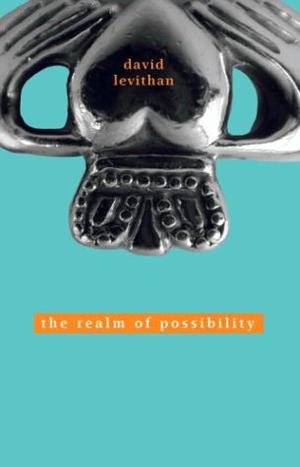Raymond Green and his best friend Simon Blackburn aren’t really part of the in crowd at their Connecticut high school. In fact, they’re not really part of any crowd at all. Ray is a history nerd and Simon’s “not really a nerd at all. […] His nerdiest attribute would have to be his love of vampire fiction.” Ray and Simon have been best friends since middle school and their lives have been pretty closed off from the rest of the world that is until Jane Doe moves to their hometown from Brooklyn.
Michael Belanger’s debut YA novel The History of Jane Doe is Ray’s story of his junior year and how Jane’s arrival changes his life forever.
…I should tell you that everything I am about to write is true. It’s not one of those made-up stories that has morals and plot devices and well-crafted metaphors. History doesn’t have room for all that. Facts are facts, whether you like them or not. I’m only changing one name: hers. It just didn’t feel right to use her real name, so I’m calling her Jane, as in Jane Doe.
Ray’s story focuses on the “Before” and “After” and it won’t be difficult for readers to figure out the event to which the “After” is referring. The joy in this story comes from the characters themselves. Watching Ray try to connect with Jane because he’d “always operated under the assumption that the less [he] spoke, the better” when it came to talking to girls is a delight. In fact, across the board the dialogue in this book is terrific. I often laughed out loud or snickered. The book is reminiscent of John Green’s Paper Towns and Looking for Alaska – and I mean that as a compliment.
This is also a book that tackles some pretty weighty subjects including mental health issues and depression, the breakdown of a family (Ray’s father has buggered off to Florida) and social isolation. Anyone who has ever experienced life’s trials would certainly recognize themselves in these pages.
I loved spending time with these characters and highly recommend this book.






